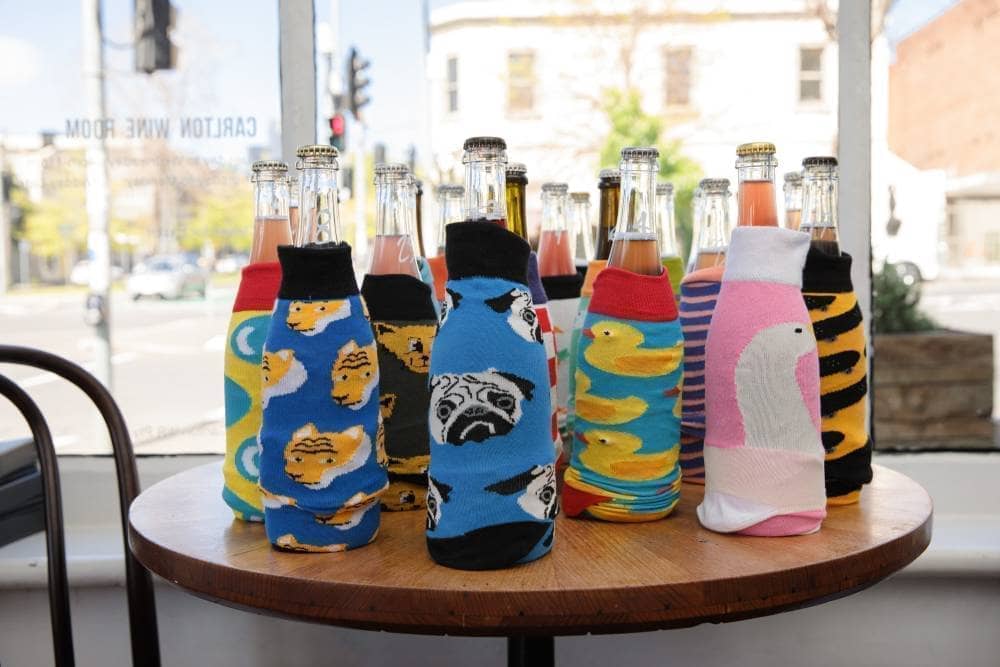Friulano is revered in its home region of Friuli in Italy, and across the border in Slovenia, but it’s barely grown outside of it, except for vineyards in Chile that were long thought to be sauvignon blanc. Having previously championed pinot grigio in the 90s, Kathleen Quealy and Kevin McCarthy are now leading the charge for friulano in this country.
Also known as
Sometimes called sauvignon vert and sauvignonasse, friulano also used to be known as tocai friulano in Friuli, Italy. That last synonym was truncated to just friulano in 2007 due to the similarity with the Hungarian wine Tokaji/Tokaj. The grape is also sometimes called ‘jakot’, a middle finger to that judgement, with it being Tokaj spelled backwards.
What friulano tastes like
Friulano can be made quite fine and elegant, displaying notes of soft herbs, wild grasses, citrus and pear, with minerality channelled well into the wine, but it can also be relatively rich, with those gentle herbal notes persisting, but riper and cooked pears, and even white stone fruit can chime in.
Vineyard & winemaking
A grape given to high yields, friulano needs to be carefully managed in the vineyard to make quality wine. With too high a crop or picked too early, there will be little flavour, but with yields managed, it can produce intense and textured wines. In Friuli, the most revered wines are rich and quite powerful, with both skin contact and oak ageing common.
Where is friulano grown?
Friulano is most celebrated as an important local grape in Friuli-Venezia Giulia in Italy’s north-east, spilling over the border into Slovenia, where it also plays a significant role in the wines there. Friuli accounts for over half of Italy’s plantings of the grape, with neighbouring Veneto having close to 40 per cent, with it notably featuring in the Lison DOCG. In Friuli, it is in the Colli Orientali and Collio Goriziano DOCs that Friuli is most celebrated, both bottled solo and absorbed into some of the regions famous blends. As a varietal wine, it is typically quite ripe and powerful, often at 14.5% alcohol. Natural makers like Radikon and Princic (who both use the affectation ‘jakot’), amongst others, favour employing skin contact when fermenting and macerating the grape.
Friulano around the world
Although it is a noble grape in Italy, friulano is not well represented around the world. Its largest presence is in Chile, where it was thought to be sauvignon blanc until the 1990s, around the same time that the merlot planted there was revealed to be carménère – quite the mix-up.
Friulano in Australia
Kathleen Quealy and Kevin McCarthy of Quealy Winemakers have become the touchstone for friulano in this country, with McCarthy’s fascination with the skin-contact whites of Friuli keeping him on the lookout for appropriate varieties. A meeting with Denis Pasut, a Slovenian immigrant, uncovered what seemed to be the only planting of the grape in this country. The material had been sourced from esteemed botanist (who specialised in plant physiology and breeding) Allan Antcliff’s trial collection in Merbein, which was sadly bulldozed for a parking lot somewhat later. Pasut recognised the variety from the old country, planting a row or two at his Mildura vineyard. Quealy and McCarthy planted the first vines at their home vineyard on the Mornington Peninsula in 2004. Friulano is still only scantly represented in Australia, but Billy Button’s Jo Marsh makes two versions from the Alpine Valleys, while she also makes a skin-contact version raised in amphora with her husband Glenn James.
Photo of friulano grapes seen here, courtesy of Quealy vineyard.
Some of the best Australian friulano
Billy Button
Claypot Wines
Moondarra
Pizzini
Quealy
Santolin
Vinea Marson
Vino Intrepido


